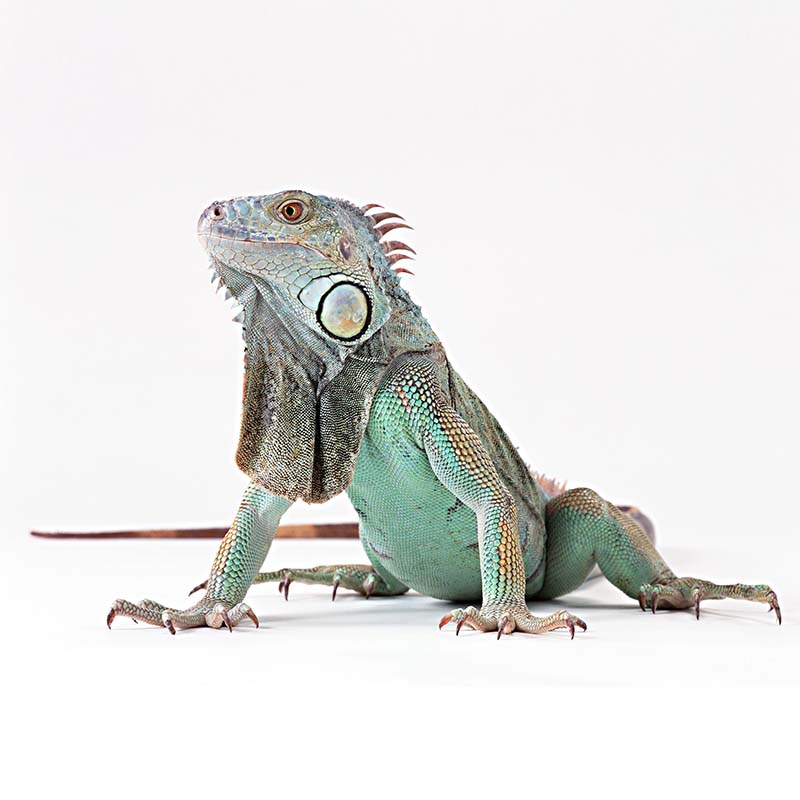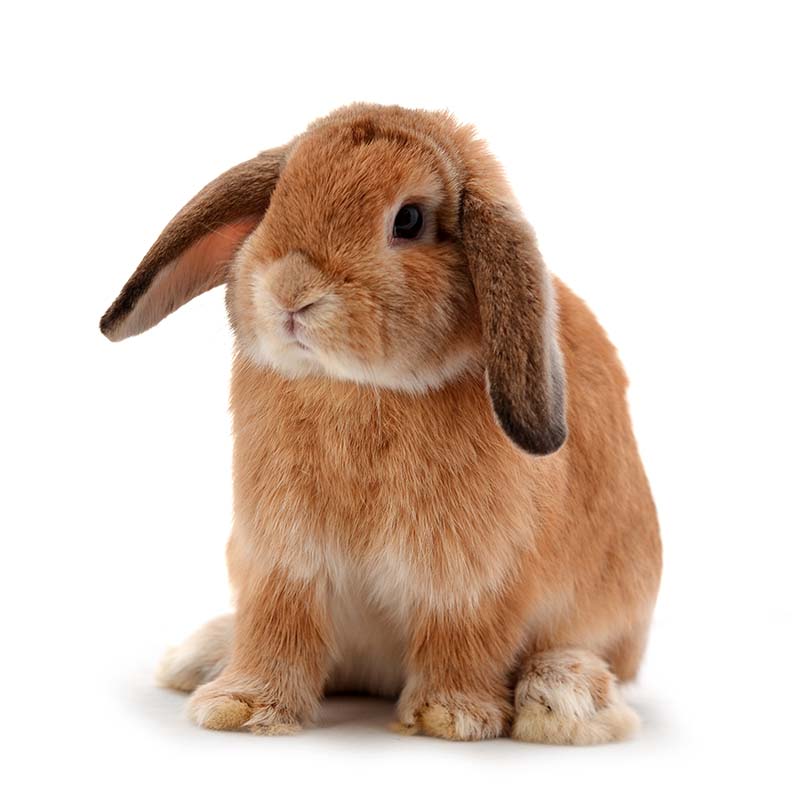Exotic Pet
Case Studies
Here are a few examples of “just another day at the office” at Middle Creek Veterinary Hospital & Exotic Animal Clinic:
Reptile
Jenny, Iguana
Jenny, a 5-year-old, female, iguana, was brought to our hospital to be evaluated by our veterinarians because she had suddenly stopped eating and pooping. These problems happen commonly in pet iguanas if they are not being properly cared for but not in this case. Jenny’s human had cared for her for many years and was doing an exceptional job of providing properly for Jenny’s needs. In fact, Jenny had been spayed at a younger age to prevent potential future complications associated with egg-laying. Upon further examination, we discovered that Jenny had actually regrown her internal reproductive parts and had made eggs but couldn’t lay them. This is thankfully not common but can happen in some female reptiles after they have been spayed. To save Jenny’s life, we surgically removed 70 eggs, weighing in at almost a full pound, and re-spayed her to prevent future occurrences of this problem. Jenny’s family has reported that Jenny is doing incredible and began eating and pooping like normal soon after she was home from surgery.

Bird
Poppy, Toulouse Goose
We first met Poppy, a beautiful female Toulouse Goose, when she was one and a half years old. Her astute owners noticed that one of Poppy’s toes was swollen and she had developed a limp on that leg. Historically, the Toulouse Goose was bred in France as a food animal to make foie gras. Heavy-bodied “meat” birds originally destined to become food are often genetically selected to grow rapidly and, unfortunately, not live for very long. When we keep them as pets, they live longer than many of them were bred for and on legs that were not “designed” to support their heavy body weight for so long. With that, they are predisposed to develop a multitude of orthopedic conditions. Poppy had developed an infection inside the bone of her toe, likely from a past trauma in the area.
We immediately started Poppy on a round of an oral antibiotic that typically works on bone infections, but it didn’t seem to help, and Poppy was still in pain. After exploring many different options, Dr. Swan consulted the veterinarians at N.C. State’s Veterinary School, and they suggested a course of action that we had never tried to do before but is often used in other species. Poppy’s owners were extraordinarily dedicated and brought Poppy in twice a week for a month for regional limb perfusion. This procedure involves temporarily reducing the blood flow to the affected limb, injecting an IV antibiotic into the limb, and allowing the antibiotic to stay in this limb for a period of time. It worked! Poppy’s bone infection was cleared, and at last check, Poppy was three years old and living a comfortable and healthy life.

Small Mammal
Hazelnut, Rabbit
Hazelnut was 6-years-old when we first met her. She is a lop-eared rabbit owned by another local veterinarian who works at a dog-cat hospital. Hazelnut had extreme facial swelling, and her mom wanted our veterinarians to evaluate her. Facial swelling is a common symptom in rabbits and is usually caused by tooth problems. Bunnies have teeth that continue growing for their entire life and can develop serious problems if they don’t eat the right diet. If a rabbit’s teeth get too long inside their mouth, they can actually start to grow BACKWARD and cause destruction of the jaw bones, infection, and abscesses. Much less commonly, bunnies can develop similar issues with an appropriate diet as well.
Hazelnut had a tooth that grew almost all of the way through her jaw and was abscessed. There was only about a millimeter of bone beneath it, about the thickness of 10 pieces of human hair put together. This tooth could not be repaired and had to be removed. Removing that tooth left a small hole in Hazelnut’s jaw bone. It can be a challenge to keep clean and healthy in an animal that needs to eat almost continuously. After warning Hazelnut’s mom that Hazelnut was going to look a little “odd” at her pick-up time, our veterinarian used a technique called marsupialization to leave the abscess hole open and allow it to heal from the inside toward the outside. As soon as Hazelnut recovered from surgery, she started eating, gaining weight back, and feeling much more spunky!

